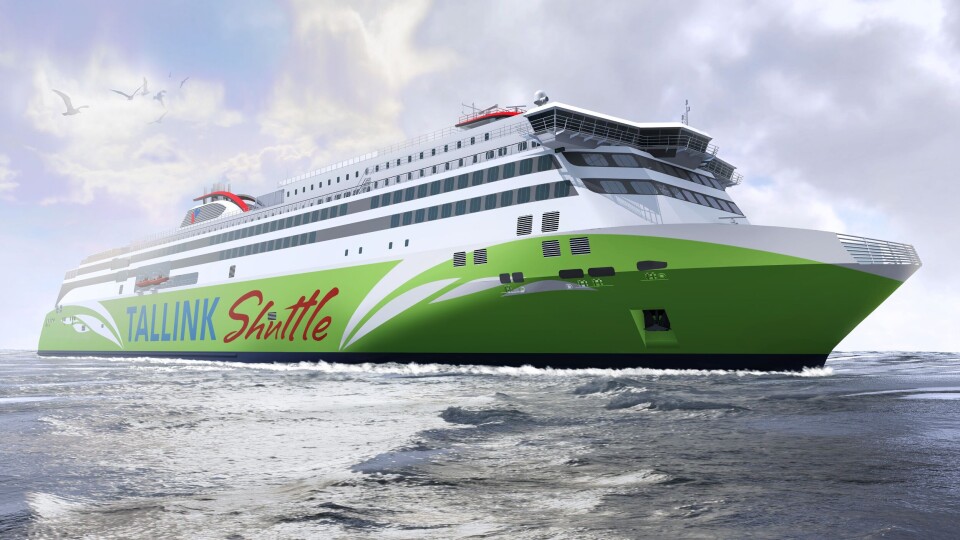
New Baltic Sea ferry will be powered by Wärtsilä dual-fuel engines
Denne artikkelen er tre år eller eldre.
A new fast ropax ferry ordered by the Estonia based Tallink Grupp for its Tallinn - Helsinki route, will feature Wärtsilä dual-fuel engines running primarily on liquefied natural gas (LNG). The ship is to be built at the Meyer Turku shipyard in Finland and is scheduled to be in operation from the beginning of 2017.
By opting for Wärtsilä's industry leading dual-fuel (DF) engine technology with LNG used as the main fuel, the ship will comply with the International Maritime Organization's (IMO) latest sulphur emissions legislation which came into force in January 2015.
The Baltic Sea is designated as a Sulphur Emissions Control Area (SECA). When operating in gas mode, the sulphur oxide (SOx) and particle emissions from the Wärtsilä DF engines are negligible at almost zero percent. Furthermore, the nitrogen oxide (NOx) emissions are at least 85 percent below those specified in the current IMO regulations, and CO2 emissions are some 25 percent less than those of a conventional marine engine running on diesel fuel.
The full scope of supply
includes three 12-cylinder Wärtsilä 50DF and two 6-cylinder Wärtsilä 50DF main engines, as well as two Wärtsilä fixed pitch propellers and propeller shaft lines. The equipment will be delivered to the yard in early 2016.
The new 212 metre long ferry will have a GT of 49,000 and will carry 2800 passengers.











